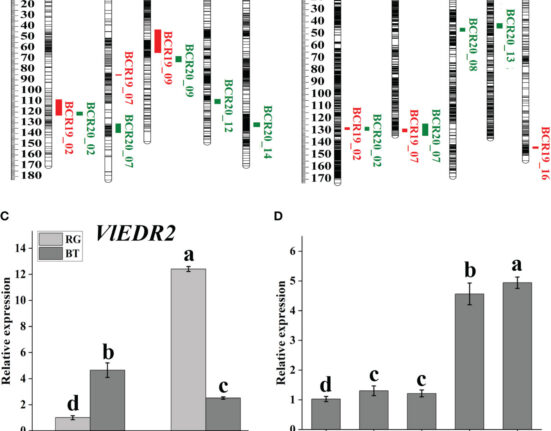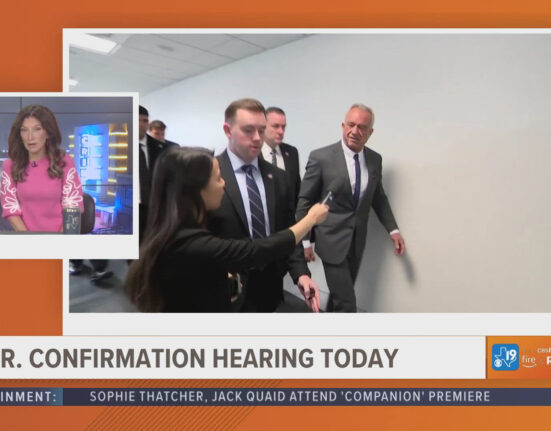Public health officials in Los Angeles County are sounding the alarm bells over a recent surge in hepatitis A cases, a highly contagious liver infection caused by a virus that can lead to severe illness. Unlike the usual scenario where fewer than 50 cases are reported annually, last year saw an alarming spike with at least 138 confirmed infections. Unfortunately, this trend has continued into the current year of 2025.
## The Spread of Hepatitis A
“The hepatitis A virus is spread through the so-called oral-fecal route.”
Hepatitis A spreads through what scientists refer to as the oral-fecal route. This means that the virus is typically transmitted when individuals ingest contaminated food or beverages that have been tainted with microscopic traces of fecal matter from an infected person. Moreover, close contact with an individual carrying the virus, even if they are asymptomatic, can also lead to transmission.
Those most vulnerable to contracting hepatitis A include homeless individuals due to limited access to proper sanitation facilities and people living in unsanitary conditions. Travelers visiting areas with poor hygiene practices, men who engage in same-sex activities, and drug users also face increased risks of exposure. However, what is particularly concerning about the recent outbreak is that many affected individuals do not fall into these high-risk categories.
## Expert Insights and Concerns
Dr. Timothy Brewer’s Perspective
Dr. Timothy Brewer, a respected infectious disease physician and epidemiologist at U.C.L.A., has expressed profound concerns regarding this unusual pattern of hepatitis A infections among individuals without traditional risk factors. He emphasized two key areas causing apprehension within medical circles: potential food contamination issues and community-wide circulation of the virus.
According to Dr. Brewer, in communities with adequate access to clean water sources where good hygiene practices are prevalent, such outbreaks should be rare occurrences. The fact that this is not the case raises significant questions about underlying factors contributing to the spread of hepatitis A beyond established pathways.
The situation has perplexed health authorities who are actively investigating why individuals without typical risk behaviors are contracting this infection at higher rates than usual.
In conclusion,
The rise in hepatitis A cases in L.A County signifies a pressing public health concern requiring immediate attention from both authorities and residents alike.








Leave feedback about this